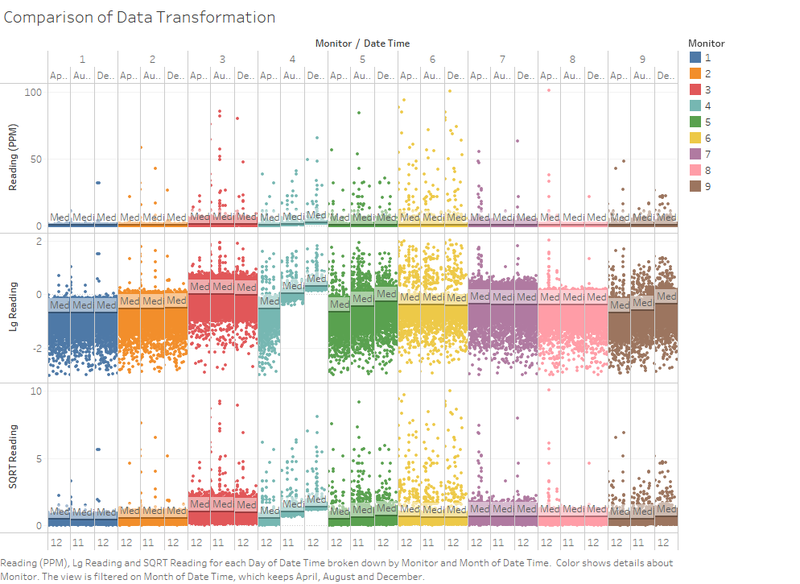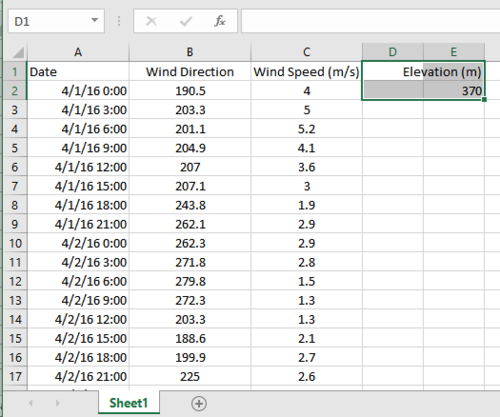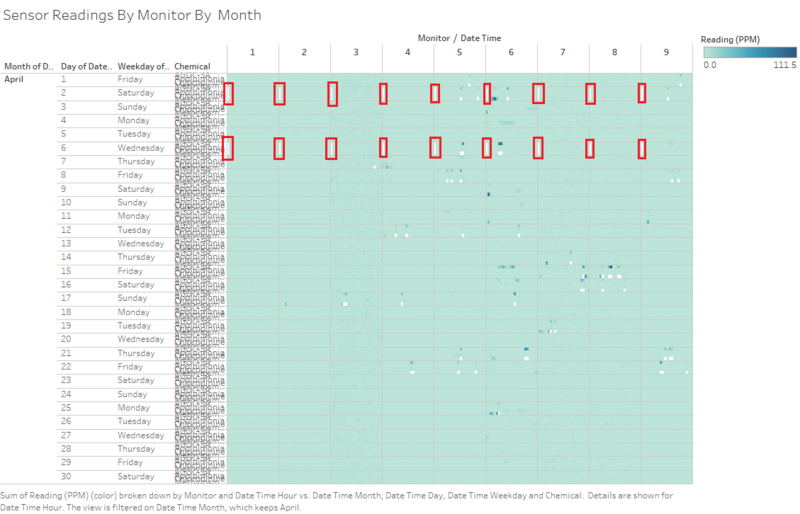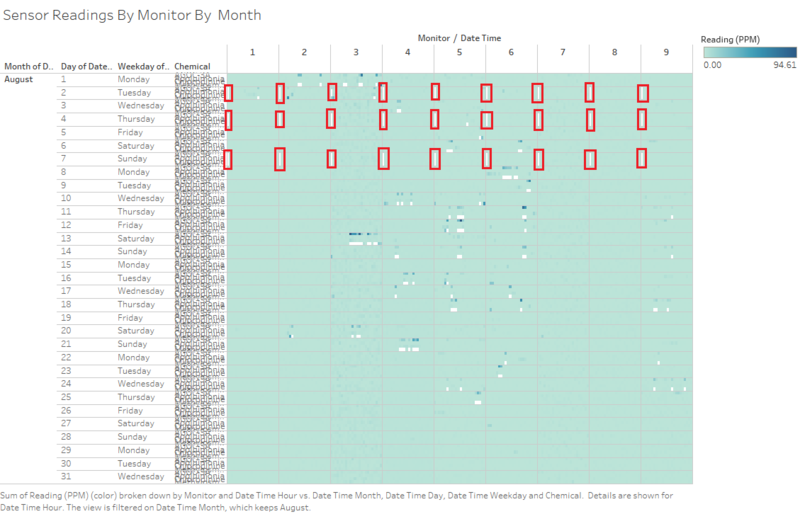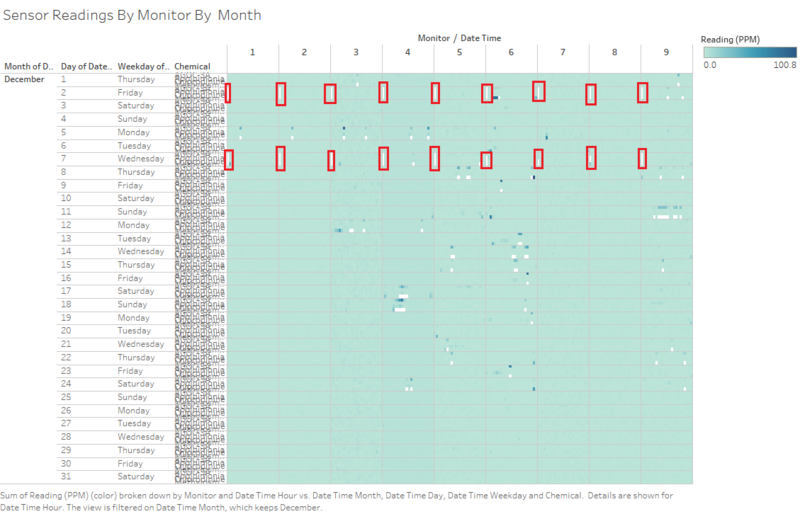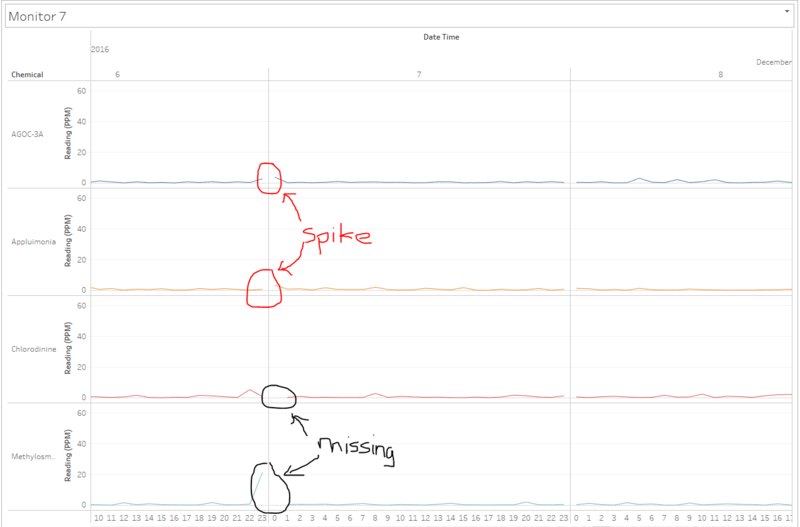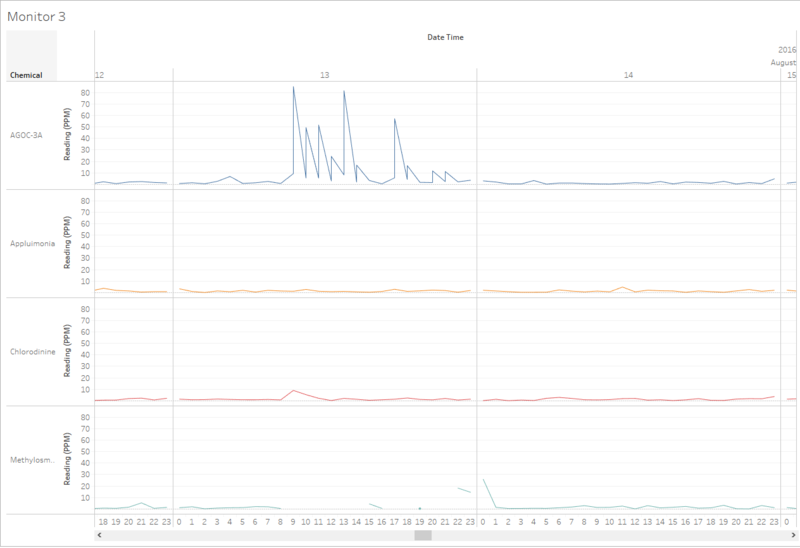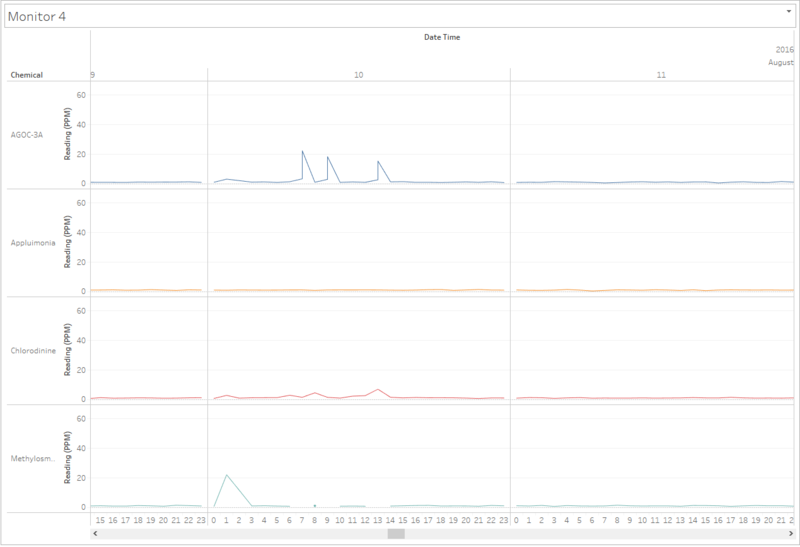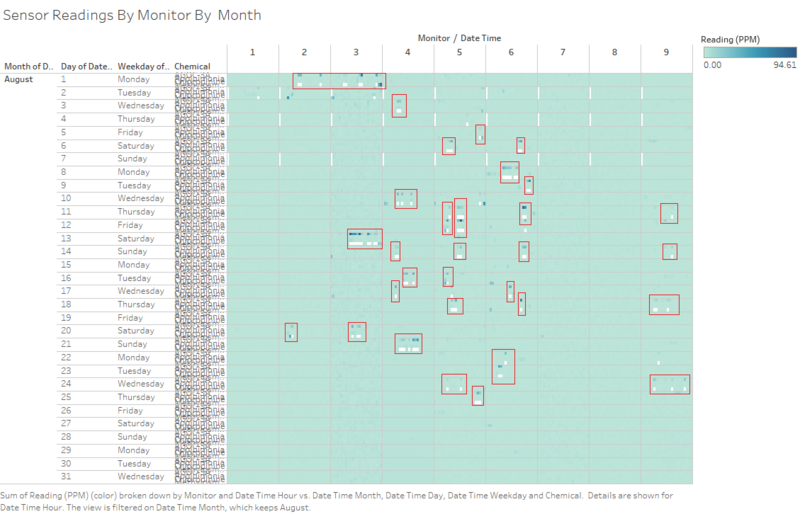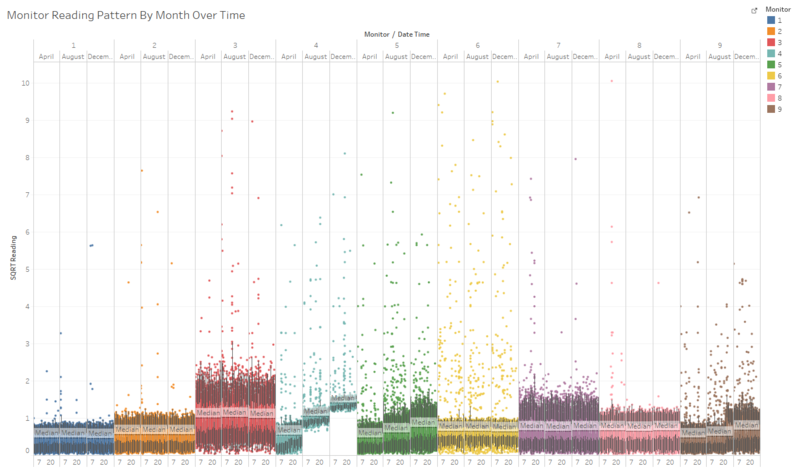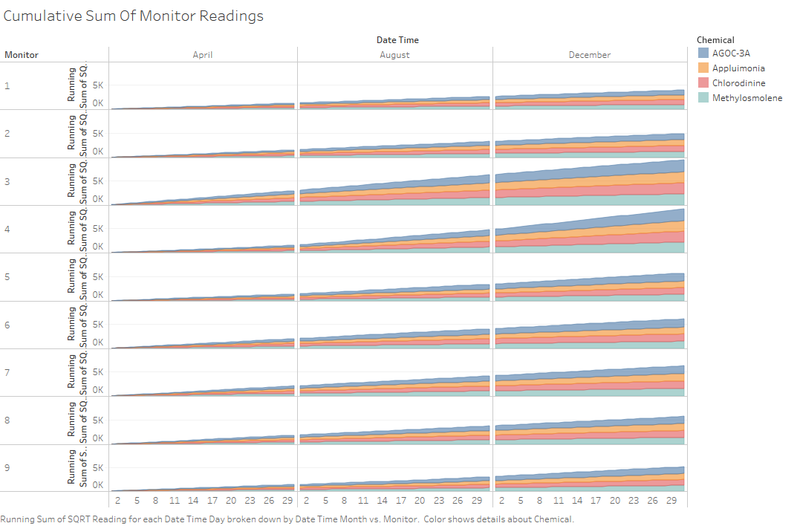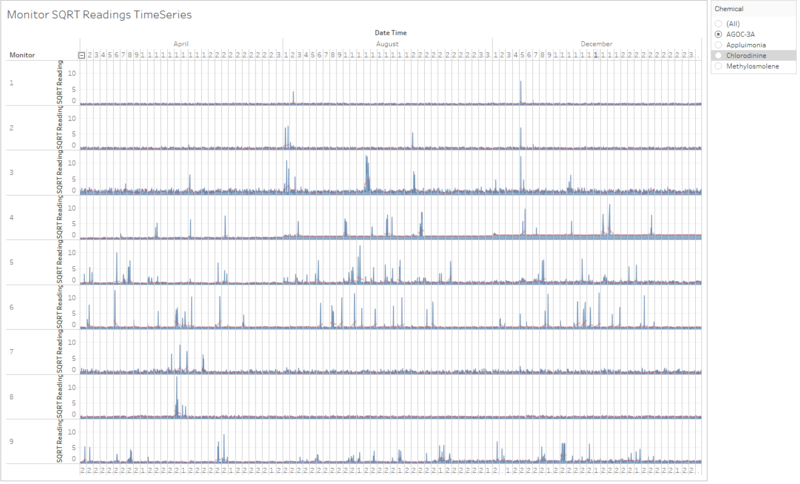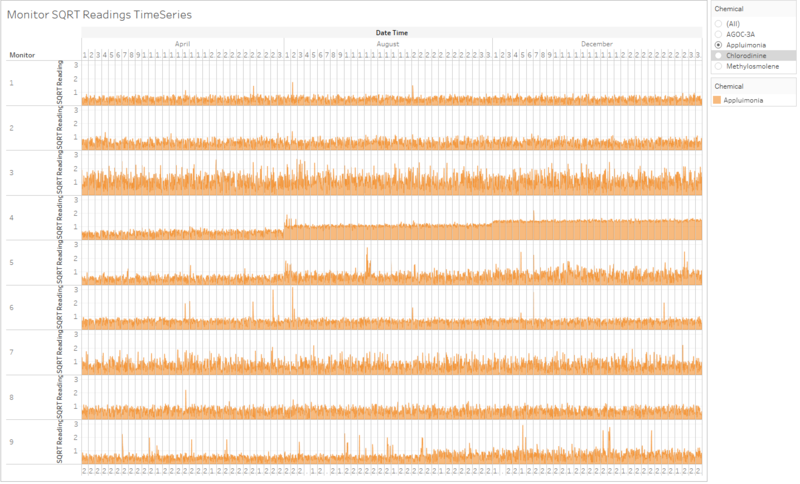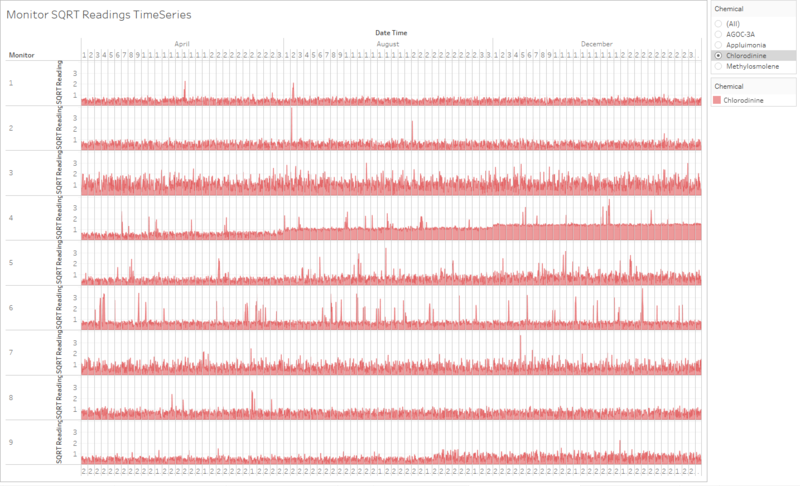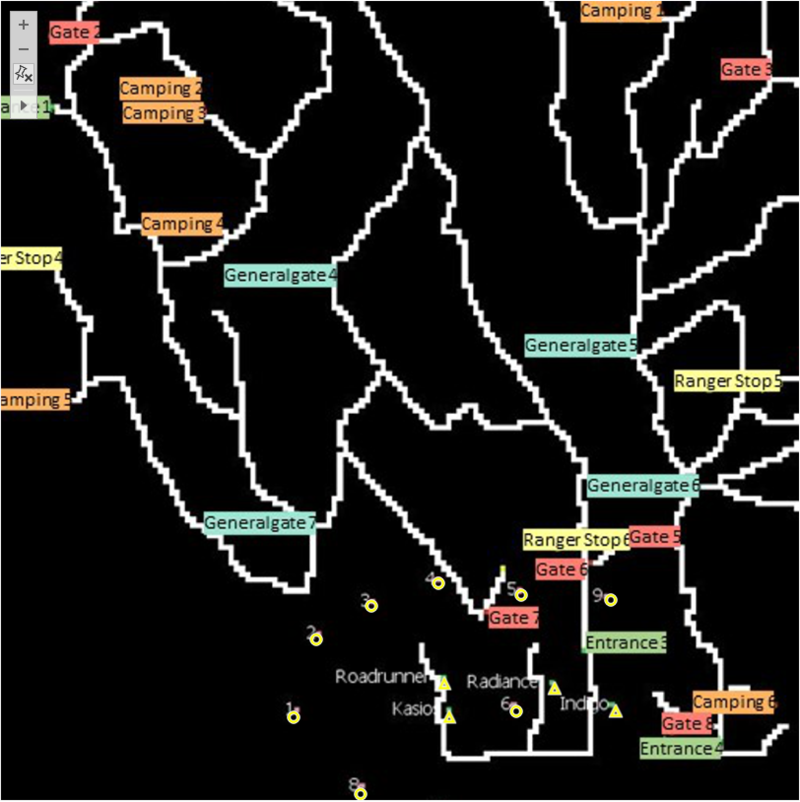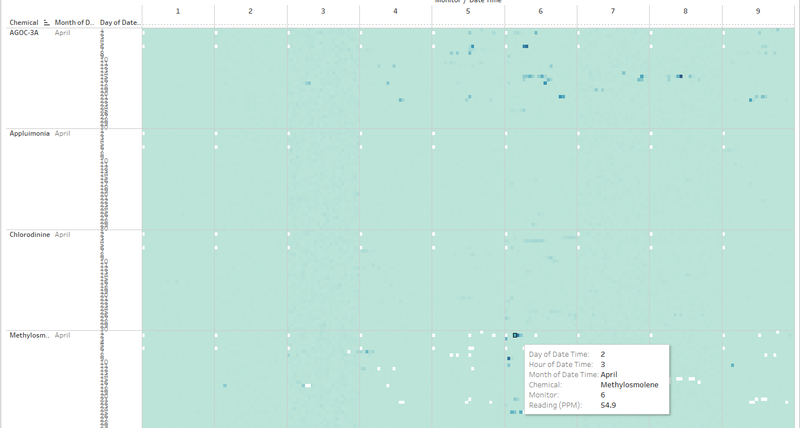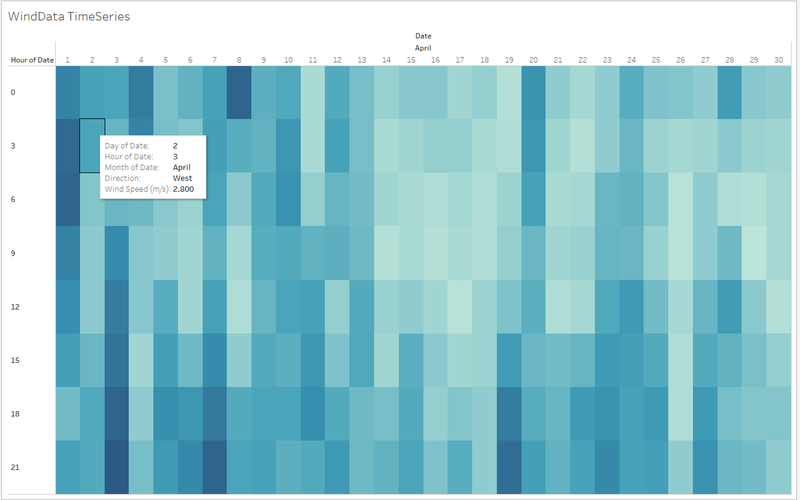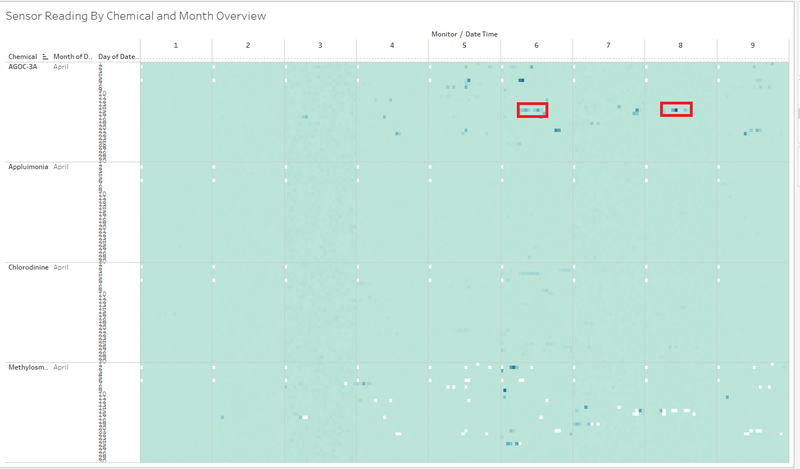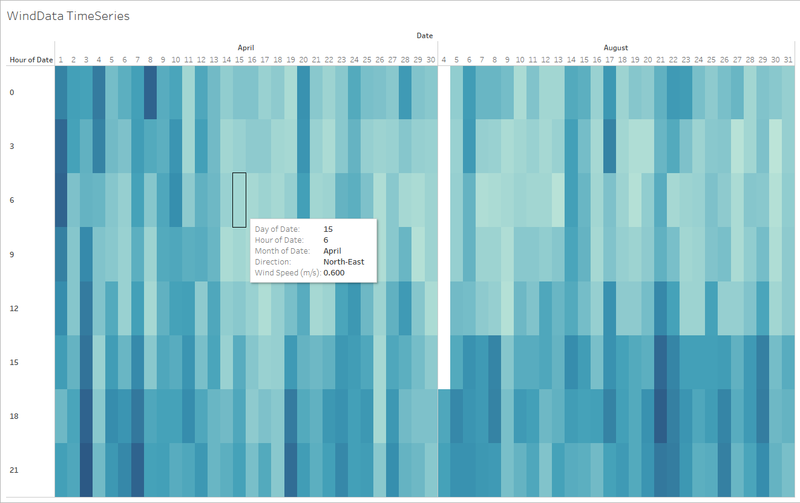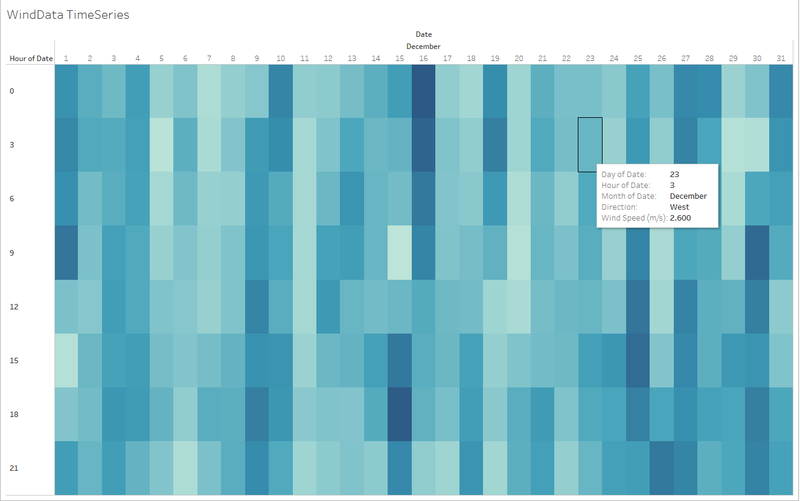IS428 2017-18 T1 Assign Lim Wang Chun Wilson
Contents
IS428 Main Page: Brings you to the IS428 main page
Assignment Overview: Overview of the Assignment & Details
Assignment Dropbox: Dropbox with links to other peer's assignments
Problem & Motivation
Mistford is a mid-size city is located to the southwest of a large nature preserve. The city has a small industrial area with four light-manufacturing endeavors. Mitch Vogel is a post-doc student studying ornithology at Mistford College and has been discovering signs that the number of nesting pairs of the Rose-Crested Blue Pipit, a popular local bird due to its attractive plumage and pleasant songs, is decreasing! The decrease is sufficiently significant that the Pangera Ornithology Conservation Society is sponsoring Mitch to undertake additional studies to identify the possible reasons.
Mitch Vogel was immediately suspicious of the noxious gases just pouring out of the smokestacks from the four manufacturing factories south of the nature preserve. He was almost certain that all of these companies are contributing to the downfall of the poor Rose-crested Blue Pipit bird. But when he talked to company representatives and workers, they all seem to be nice people and actually pretty respectful of the environment.
In fact, Mitch was surprised to learn that the factories had recently taken steps to make their processes more environmentally friendly, even though it raised their cost of production.
Mitch is gaining access to several datasets that may help him in his work, and he has asked you (and your colleagues) as experts in visual analytics to help him analyse these datasets. These datasets includes air sampler data, meteorological data, and locations maps provided by the state government, which has been monitoring the gaseous effluents from the factories through a set of sensors distributed around the factories.
Task
General Task
The four factories in the industrial area are subjected to higher-than-usual environmental assessment, due to their proximity to both the city and the preserve. Gaseous effluent data from several sampling stations has been collected over several months, along with meteorological data (wind speed and direction), that could help Mitch understand what impact these factories may be having on the Rose-Crested Blue Pipit. These factories are supposed to be quite compliant with recent years’ environmental regulations, but Mitch has his doubts that the actual data has been closely reviewed. Could visual analytics help him understand the real situation?
The primary job for Mitch is to determine which (if any) of the factories may be contributing to the problems of the Rose-crested Blue Pipit. Often, air sampling analysis deals with a single chemical being emitted by a single factory. In this case, though, there are four factories, potentially each emitting four chemicals, being monitored by nine different sensors. Further, some chemicals being emitted are more hazardous than others. Your task, as supported by visual analytics that you apply, is to detangle the data to help Mitch determine where problems may be. Use visual analytics to analyze the available data and develop responses to the questions below.
Specific Task
- 1. Characterize the sensors’ performance and operation. Are they all working properly at all times? Can you detect any unexpected behaviors of the sensors through analyzing the readings they capture?Limit your response to no more than 9 images and 1000 words.
- 2. Now turn your attention to the chemicals themselves. Which chemicals are being detected by the sensor group? What patterns of chemical releases do you see, as being reported in the data? Limit your response to no more than 6 images and 500 words.
- 3. Which factories are responsible for which chemical releases? Carefully describe how you determined this using all the data you have available. For the factories you identified, describe any observed patterns of operation revealed in the data. Limit your response to no more than 8 images and 1000 words.
Exploratory Data Analysis & Transformation Process
Exploratory Data Analysis
For this segment, I have used SAS Enterprise Guide in order to aid my understanding of the data.I have imported the sensor data in SAS in order to check the relationship of the variables, skewness and ranging of the dataset. Firstly, I ran the summary statistics in order to have an overview of the data I was dealing with. From the summary statistics table and plotting the histogram in SAS, I have observed that there is skewness in the data set which suggest that I would need to transform the data either by using the LOG function or the square root function in order to remove the skewness in the dataset.
Summary Statistics
As we can see from the summary statistics, the data provided in this assignment are highly skewed. The skewness in the data set can hide trends which are otherwise obvious, hence data transformation is required in order reduce the skewness and bring out trends better.
The above is an illustration of the impact of transforming the data. The first row is the raw readings, the second is where the Log Function is used and the last row is when the square root is used. Since these data are sensor readings, taking the log would result in negative readings, hence I have decided to use the Square Root Function for this assignment to bring out the trends more clearly.
Datasets Provided (Sensor Data, Sensor Location, Meteorological Data)
| Task No. | Datasets used | Description |
|---|---|---|
| 1 | Meteorological Data.xlsx |
Take away redundant Elevation Column in the excel file |
Interactive Visualisation
Link To Tableau Public : https://public.tableau.com/profile/wilson.lim#!/vizhome/Assignment_WILSON/InvestigationatMistford?publish=yes
Results
Task #1
Figure 1 - Sensor Reading By Monitor By Month (April)
Figure 2 - Sensor Reading By Monitor By Month (August)
Figure 3 - Sensor Reading By Monitor By Month (December)
As we can see from the Figure 1,2,3 above, we can tell that there is a pattern across all 9 Monitors when it comes to missing data from the sensors. The missing data are represented as white space in the figure above. Generally, we can tell that there are a few patterns in the timestamp where there missing data points. The most obvious ones is when there is an absence of recordings. Mainly at 0000 hours of 2nd & 6th April , 2nd, 4th and 7th August , 2nd and 7th December. (Circled in red).This could suggest that there could be a periodic pattern in hardware failure across all 9 sensors when it usually breaks down at the start of the month. In addition, this could also suggest that maintenance is carried out during the start of the month which could result in the absence in readings at midnight.
Looking at the overview for these sensor readings does not tell us much in detail. Hence we will need drill down further. Focusing on a specific day , 7th December and Sensor 7
Figure 4 - Monitor 7 Reading Time Series
We can tell that some of these missing data coincides with the spike of other chemicals. In this case, the spike in AGOC-3A and Appluimonia coincides with missing data points in Chlorodinine and Methylosmolene. When looking at the Time Series of Sensor Readings across all monitors, it is interesting to note that a second pattern can be observed regularly. For instance,
Figure 5 - Monitor 3 Reading Time Series
Figure 6 - Monitor 4 Reading Time Series
These are just a few examples that suggest that the missing data in the detection of Methylosmolene coincides with the peak of AGOC-3A. This suggest that it could be because of the extremely high levels of Methylosmolene in that area which causes the sensor to malfunction such that there are duplicate readings. For instance, in the figure above, there are 2 readings of AGOC-3A, this could either be due to the fact that the data sensor reading are mislabelled and 1 of the readings belong to the detection of Methylosmolene or that the high levels of AGOC-3A or Methylosmolene has caused the sensor to malfunction and register the data wrongly.
This is the second set of patterns which I have observed. At every interval of missing data in Methylosmolene, it coincides with the double readings of AGOC-3A in the same sensor. This is widely apparent in sensors 3,4,5 and 6. Figures 1- 3 shows this pattern clearly where every white space (Missing Data) in the detection of Methylosmolene in each pane, there would be a darker shade of blue in the detection of AGOC-3A. This is because the duplicate readings are aggregated and summed up.
Figure 7 - Sensor Reading By Monitor By Month (August)
I have decided to show only the month of August as an example to illustrate my point. Figure 7 clearly illustrate this pattern in the missing /duplicate data.
Summary of possible related explanations for the patterns observed
1. High levels of one or more of the chemicals could be the main cause of the error
2. The sensor readings for AGOC-3A and Methylsomolene are labelled wrongly by the Monitor
3. Since, in the data description of the chemicals, it suggests the AGOC-3A is the replacement for the toxic Methylsomolene as an organic solvent. Hence this could suggest that someone could have tampered with the Monitors to hide the high readings of the old toxic Methylsomolene as it has a strict regulation on it.
Figure 8 - Monitor Reading Pattern By Month Over Time
From Figure 8, we can tell that the performance of the sensors over time. As the data set consists of multiple outliers, a good gauge of sensor performance would be to take the median of the readings across the month. We can tell that most of the monitors, except monitor 4,5 and 9 have consistent median readings throughout the months. This suggest that there could be a problem with Monitor 4 as it shows a consistent linear increase in chemical concentration readings over time. It is likely that the sensors in Monitor 4 are faulty either due to the environmental changes
Task #2
Figure 9 - Cumulative Readings of Sensors Over Time
The above figure provides an overview of the trend in chemical detection across all 9 Monitors. I have used to cumulative sum of all square root of the sensor readings in each monitor and colour coded the chemicals. By using the square root, it will allow us to see trends more easily. It can be noted that all the monitor 3 & 4 detected higher levels of all 4 chemicals compared to other monitors. The above figure only provides a general overview of which monitor detected most of the concentrations of the chemical. To understand better we must look at the Time Series graph by each individual chemical.
Figure 10 - Sensor Readings of AGOC-3A
Figure 11 - Sensor Readings of Appluimonia
Figure 12 - Sensor Readings of Chlorodinine
Figure 13 - Sensor Readings of Methylosmolene
All four chemicals show fairly consistent readings of the chemicals with occasional spikes in some of the monitor. It can be noted that much the levels of Appluimonia and Chlorodinine are relatively consistent across the 3 months. The biggest spikes can be observed for AGOC-3A and Methylsomolene where the consistent levels are much lower followed by a huge spike at certain days. Monitors 1,2,8 & 9 have the most consistent readings with occasional spikes. Monitors 3,4,5 & 6 shows the most variations in the levels across all four chemicals.
Task #3
Firstly, I used the heat map to figure out which days have the highest concentration of chemicals. In order to determine which factory is the most likely to emit which chemicals, I would need to study the wind data and match it to the Time Series Graph of Chemical Readings and refer to the map to make an educated guess of which factory is releasing the chemicals.
Figure 14 - Map Locations
Figure 15 - Sensor Readings of Methylosmolene
Figure 16 - Wind Data 2nd April
Zooming into on 2th April, 0300 hours, the wind direction was blowing towards the west, in which Monitor 6 has spike in Methylsomolene reading. This highly suggest that the closest Factory, Kaisos or RoadRunner was the main factory that emitted it. The wind speed at that particular was not very strong (2.8m/s) and the reading was 54.9ppm of Methylsomolene which has increased to 88.5ppm in the next hour.
Figure 17 - Sensor Readings of AGOC-3A
Figure 18 - Wind Data 15th April
15th April 0600, high levels of AGOC was detected at monitor 6, at 1000 hours, monitor 8 also detected even higher levels of AGOC-3A. When examining the wind data, this coincides with the wind data coming from north east. This highly suggest that Radiance ColourTek is also releasing AGOC.
Figure 19 - Sensor Readings of AGOC-3A
Figure 20 - Wind Data 13th August
13th August 0900, large spike in AGOC-3A reading at monitor 3, wind was coming from south-east at that point in time. This highly suggest that AGOC-3A is being released from both Road Runner and Kaisos.
Summary Table of Findings
| AGOC-3A | Appluimonia | Chlorodinine | Methylosmolene | |
|---|---|---|---|---|
| Kasios Office Furniture | ✔ |
✘ |
✔ |
✔
|
| Roadrunner Fitness Electronics | ✔ |
✘ |
✘ |
✘
|
| Radiance ColourTek | ✔ |
✔ |
✘ |
✘
|
| Indigo Sol Board | ✘ |
✔ |
✘ |
✘
|
References
1. How to visualise wind data in tableau on a Rose Compass https://community.tableau.com/thread/122640
2. How to insert a map image into tableau https://onlinehelp.tableau.com/current/pro/desktop/en-us/bkimages.html
Comments
Feel Free to give me comments
